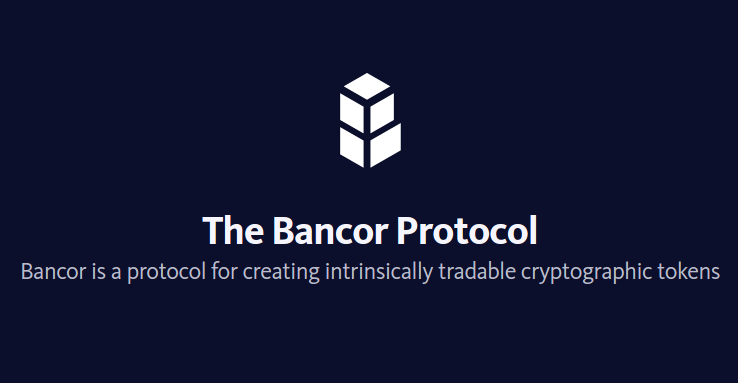We have seen an increased focus on digital tokens created on top of Ethereum as of late. Hundreds of new tokens have been brought into circulation this year alone. However, the Ethereum blockchain is not the only way to go in this regard. The Bancor Protocol, for example, aims to become the new standard for cryptocurrencies known as Smart Tokens. These new tokens can be converted to and from one another automatically and at any given time, without the use of any third parties. It’s an interesting solution well worth looking into.
The Bancor Protocol is a Valuable Addition
Most people know the name Bancor thanks to the massive initial coin offering the company organized earlier this year. It raised a lot of money in the process, mainly thanks to the involvement of Tim Draper as the public face of the project. There is a lot more to this project than most people give it credit for, though. One of its most intriguing aspects is the so-called Bancor Protocol, which standardizes the use of connector tokens. It is a pretty interesting spin on converting digital tokens to others without friction.
That is what the Bancor team hopes to achieve in the coming years, at least. There are many benefits to this new standard for Smart Tokens. Being able to convert blockchain-issued digital tokens without having to match buyers and sellers through an order book is a big step forward. Both sides of the exchange process will be matched using an algorithm, which will balance the mathematical requirements to provide a formulaic relationship between all network tokens. It sounds a lot more complex than it really is, but suffice to say all tokens are autonomously convertible to all other tokens on the same network.
By using this approach, the Bancor Protocol can guarantee continued liquidity for all tokens and their exchange markets. Tokens are converted directly on-chain, which ensures the process is carried out in real time. There is no counterparty and thus no counterparty risk, unlike what we see with centralized exchange solutions. Moreover, the Bancor Protocol welcomes all Smart Tokens, regardless of their circulation, liquidity, and market capitalization. It is an open marketplace which opens up a lot of opportunities for the future.
Moreover, the Bancor Protocol was designed in such a way that most market volatility can be avoided with relative ease. It introduces formulaic price stability and predicts price slippage to keep everything under control. As we all know, cryptocurrency markets can be incredibly volatile at times. While this introduces a lot of money-making opportunities, it is something the Bancor team would rather avoid.
All of the Smart Tokens issued on top of the Bancor Protocol are compliant tokens which include a non-profit market maker. Of these, two different types exist: a regular Smart Token and a Token Relay. The latter allows for backward compatibility of existing tokens to the network and requires two Connector tokens with equal weights. It is a pretty interesting way to bridge the gap between different tokens and currencies. It all comes down to how many people will decide to use the Bancor Protocol for this specific purpose. Right now, it seems most people are content to use Ethereum to issue new tokens.
There are some interesting use cases for the Bancor Protocol, though. Utility tokens, for example, are an option worth exploring. Complementary currencies can also fill a void in the world of digital money currently not filled by cryptocurrencies and ERC20 tokens. Plus, the Bancor Protocol could even be used for loyalty points of some sort. That latter option is something a lot of projects may want to explore in the future.

